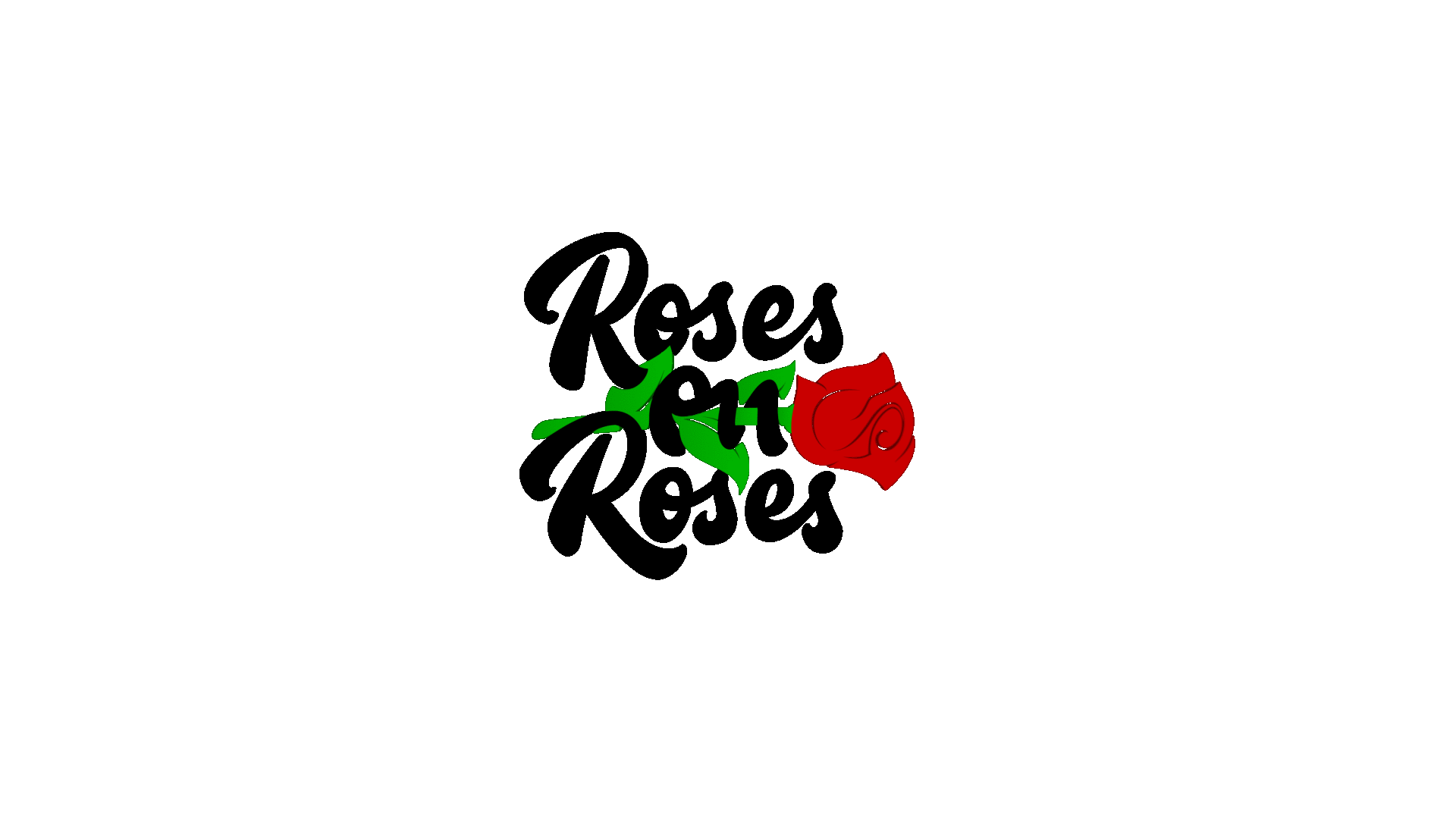We put roses on lovers and roses on graves. The difference between these instances bears testament to the fact that everything that matters in life and death is contained in a rose. Since time immemorial, the perennial has been exalted as a paragon of love, beauty, knowledge, and growth. These connections were made since our first recognition of an inherent spiritual essence that transcended aesthetics.
Roses bloom in a natural evolution that demonstrates the underlying pattern of the universe. Its budding petals spiral out from the centerfold according to the golden ratio, phi, the common denominator of the intelligent design of everything from the physiology of the human body to the waves in the ocean to the galaxies.
Adhering to the Fibonacci sequence, a rose will bloom one petal, then another, and in sequence, the preceding two numbers will add to create the third: 1, 1, 2, 3, 5, 8, 13, 21, 34, 55... Dividing each number by the preceding one, in sequence, approaches the irrational number, phi. When each number creates the length of the sides of squares, and the squares are placed side to side so that every addition creates a new rectangle, the squares form a spiral that forms the basis for the spiraling of petals in budding roses, the way waves take shape in the ocean, and even the spiraling of stars in galaxies.
The case for the golden ratio holds even on the basis of attraction: the closer the ratio of the elements of the human face and the physiology of the human body are to matching this natural, mathematical pattern, the more attractive they are. The templates for these ideal archetypes have even been designed—respectively, as the Marquardt Mask by Stephen Marquardt, and the famous Vitruvian Man by Leonardo da Vinci.
Having made this case, we can now see fit to consider the budding of the rose as an analogy for the lifespan of the individual and the evolution of the collective. It is stated in Mastery that “At your birth a seed is planted. That seed is your uniqueness. It wants to grow, transform itself, and flower to its full potential. It has a natural, assertive energy to it. Your Life’s Task is to bring that seed to flower, to express your uniqueness through your work. You have a destiny to fulfill. The stronger you feel and maintain it—as a force, a voice, or in whatever form—the greater your chance for fulfilling this Life’s Task and achieving mastery” (Greene 26).
Likewise, the evolution of humanity since its inception can be likened to a seed brought to fruition, a process of utilitarian practicality that blossomed in a conscious flourish.
Even as the unlikely candidates, humanity rose to the top of the dominance hierarchy of the animal kingdom, emerging in our evolution as the alpha predators through the creation of tools that allowed us to contend with stronger species, and the communication systems that bound and strengthened the collective, until in the due process of time, we assumed undisputed dominance. We have been wired for utilitarian survival: but even in a world dictated by survival of the fittest, the highest ideal is inspired not by practical value or status signals, but the demonstration of the ideals that have inspired the core values that allowed us to raise ourselves beyond the highest echelon of the animal kingdom to a classification of our own. Symbolically, this has been found in flowers, evidenced by their cultural significance in the development of education and spirituality.
In antiquity, commonplace books were compilations of written knowledge. “Florilegium,” literally a gathering of flowers in Latin, were excerpts and passages extracted for anthology.
In A New Earth: “Seeing beauty in a flower could awaken humans, however briefly, to the beauty that is an essential part of their own innermost being, their true nature. The first recognition of beauty was one of the most significant events in the evolution of human consciousness” (Tolle 2).
Therefore, in the same manner that it is in the due process of a rose to bloom, if only for an ethereal moment, humans are subject to the necessary development of self-actualization and will to power. For an individual to lay dormant in these capacities is like a bud that refuses to flower, inhibiting their full potential in jolting discordance with the natural pattern of life.
